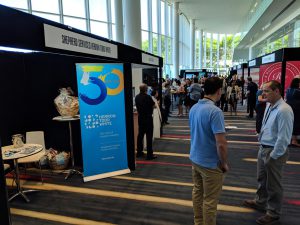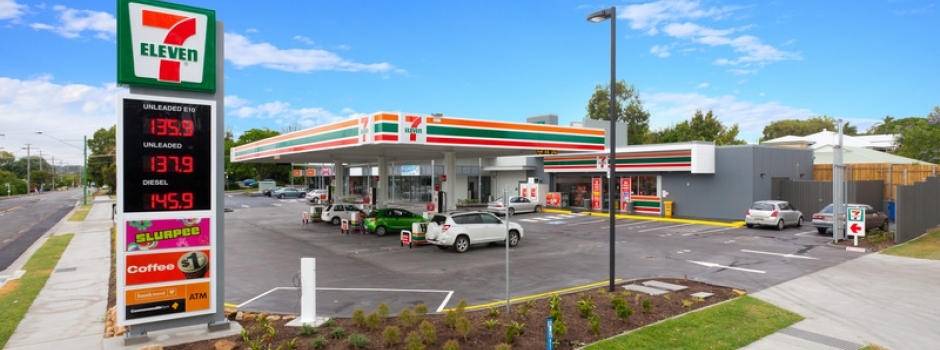Accessing development finance is a more complex process than applying for a standard property loan.
You will need to be prepared to jump a few more hurdles, with many lenders requiring that you provide additional information, such as a detailed feasibility study and contingency plan.
You will also need to present a convincing investment case as you approach potential lenders, which will include undergoing a profession valuation.
Residential vs Commercial development finance
The first step towards obtaining development finance is to assess whether you will need a residential or commercial property development loan.
Whether lending is classified as commercial or residential will depend on the number of units you plan to build.
If your property development project is for any more than three or four units, such as an apartment development, it will fall into the commercial lending category.
Applying for a commercial property development loan is more complicated than residential lending.
Banks take a much more conservative approach to commercial lending, which results in a more thorough approval process.
Commercial development finance will require that you provide extra information and will affect the loan features you can access. You can also expect to pay higher interest rates than you would on a residential property development loan.
The loan application process
In general terms, you would need the funds to cover between 30 and 35 per cent of the cost to complete your development project. In other words, you should be able to obtain a development loan at 70 or 65 percent LVR.
You might be required to apply for lending for the different stages of a project, such as:
- An acquisition or development loan: to cover the purchase of the development site, development approval costs and pre-construction costs
- A construction loan: to cover the build
- An investment loan: if you are planning to retain the property long-term
Applying for commercial property development finance is time-consuming.
The specific requirements will vary from lender to lender, but most of them will require that you provide a range of information and reports.
For example, you will need to provide a feasibility study with an evaluation of the project costs vs the projected gains.
You will also need to show your lender that you have considered the project’s variables as you apply for your loan. This will need to include a contingency plan and extra funds in case things don’t go according to plan.
It is recommended that you enlist the help of a mortgage broker who can guide you on the steps you need to take to be financially development ready.
A home loan expert can also help you search for the best loan to suit your needs, approaching different lenders on your behalf.
The valuation process
To provide finance for the construction stage of your development project, the lender will normally have a professional valuer review your application.

The valuer will assess your feasibility study and look for any missed expenses or any potential issues that could financially derail your project.
Lenders would want to see that your project is projected to make at least a 15 per cent profit.
Lending options
Generally speaking, you have three lending options when it comes to commercial development finance:
Bank Development Finance
Banks are normally conservative in their approach. Generally speaking, the bank will take into account your experience as a property developer as they review your application. If it’s your first development project they will require you to provide additional information to support your application.
Banks normally offer the cheapest funding as they take the least amount of risk. This type of lending is good for larger projects such as apartment developments or those requiring over $5m in funding.
Non-Bank Development Finance
Non-bank lenders usually have a pool of money to invest which can come from SMSFs, investment companies or individual investors.
They are normally prepared to be less conservative and are more interested in the project itself rather than your experience as a property developer.
Using non-bank lenders to fund development projects has become more popular in Australia over the past few years. This type of finance works well for small to medium-sized projects of around 25-30 units or townhouses.
Private Lender Development Finance
Private Lenders usually fund the loan themselves, which gives them more flexibility around valuations.
Many are also prepared to take higher risks to obtain a higher return, with some private lenders willing to fund up to 90% of a development project.
Using a Private Lender, however, is the most costly of the finance options, with interest rates significantly higher than those of bank and non-bank lenders.
Getting started as a property developer
Are you looking to take your first step in property development? Find out when is the ideal time to go from regular investor to property developer.
Property Market Investor can also help you talk to a home loan expert to discuss your finance needs. Simply fill out a form and take the first step towards being development ready.
You can also read some tips on how to find the ideal development site to get your project started.

